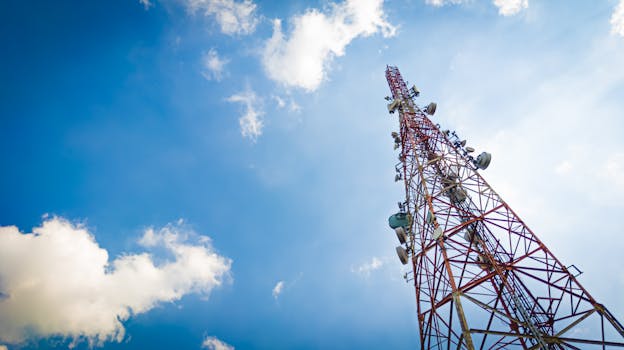The Future of Satellites: Revolutionizing Global Connectivity

The Future of Satellites: Revolutionizing Global Connectivity
The future of satellites is rapidly evolving, with advancements in space technology and increasing demand for global connectivity. As we look to the future, it’s clear that satellites will play a vital role in transforming the way we communicate, navigate, and access information. The future of satellites holds great promise, with potential applications in fields such as telecommunications, navigation, weather forecasting, and Earth observation.
Advances in Space Technology
Recent advancements in space technology have made it possible to launch smaller, more efficient satellites into orbit. These smaller satellites, known as smallsats or nanosats, are capable of performing a wide range of tasks, from providing internet access to monitoring environmental changes. The development of reusable rockets has also made it more cost-effective to launch satellites into space, paving the way for a new era of space exploration and development.
One of the key drivers of the satellite industry is the growing demand for global connectivity. As the world becomes increasingly interconnected, the need for reliable and high-speed internet access is on the rise. Satellites are well-positioned to meet this demand, providing coverage to remote and underserved areas where traditional fiber optic cables are not available. Companies such as SpaceX and OneWeb are already working on developing constellations of satellites to provide global internet access, with the goal of bridging the digital divide and connecting the world’s most remote communities.
Applications of Satellites
Satellites have a wide range of applications, from telecommunications and navigation to weather forecasting and Earth observation. In the field of telecommunications, satellites are used to provide internet access, voice communications, and video broadcasting. Navigation satellites, such as GPS, provide location information and timing signals, enabling a wide range of applications from mapping and surveying to aviation and maritime navigation.
Weather forecasting satellites, such as geostationary satellites, provide critical data on weather patterns and storms, enabling meteorologists to predict weather events and issue warnings to protect life and property. Earth observation satellites, such as Landsat and MODIS, provide valuable data on the health of our planet, from monitoring deforestation and ocean health to tracking climate change and natural disasters.
Challenges and Opportunities
Despite the many opportunities presented by the satellite industry, there are also challenges to be addressed. One of the key challenges is the issue of space debris, which poses a significant threat to the safety of satellites and other space-based assets. The development of sustainable and responsible space practices is essential to mitigate this risk and ensure the long-term viability of the satellite industry.
Another challenge facing the satellite industry is the need for regulatory frameworks that support innovation and entrepreneurship. Governments and regulatory bodies must work together to create an environment that encourages investment and innovation, while also ensuring that the benefits of satellite technology are shared equitably and that the risks are managed effectively.
Conclusion
In conclusion, the future of satellites is bright, with advancements in space technology and increasing demand for global connectivity driving growth and innovation in the industry. As we look to the future, it’s clear that satellites will play a vital role in transforming the way we communicate, navigate, and access information. By addressing the challenges and opportunities presented by the satellite industry, we can unlock the full potential of this technology and create a more connected, sustainable, and equitable world for all.



